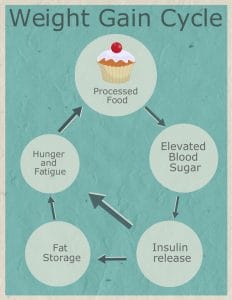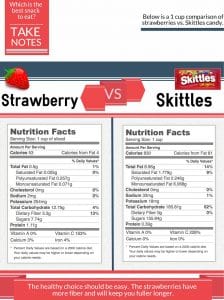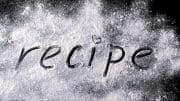I have read a lot about food choices in dieting and weight loss. One question that is commonly asked: Are there any key food types to avoid? Food that make the most sense to avoid are this that have limits for no nutritional value. Some of these are referred to as empty calories. This term, empty calories, refers to food such as solid fats or added sugars supplying food energy but little or no other nutrition. There are many reasons why it is logical to reduce or avoid consulting of these types of food and drink.
Ok, I have to admit these question address a little pet-peeve I have. I have had dietitians tell me in the past that “you can loose weight by eating x” with x being a food I really crave. If you crave it , you should probably not completely avoid it, but you must limit the portion size and probably not have it every day. In most folks, if you completely avoid it, your craving will just get stronger with time. You should probably limit foods that are “empty calories”. Of if you have to have it every day, you probably should not have it for every meal unless of course, it is raw broccoli.
What are empty calorie foods?
Empty calorie foods offer little or no fiber, vitamins or minerals that our bodies need to feel satisfied and operate efficiently. Often during manufacturing, foods are stripped of nutrients and sugar, salt and fat are added to make them taste better. Your body needs nutrients (vitamins and minerals) and fiber to prevent diseases, promote a healthy weight and feel satisfied. If our diet consisted solely of soda, white bread and candy, we would constantly feel hungry. Remember eating white rice or Chinese food, you are hungry again an hour later. That is because white rice is highly processed and quickly converts to sugar when we digest it. Highly processed foods are often over eaten because they have no fiber or satiety. Fried foods, chips and candy may temporarily fill you up but just an hour or two later you will be hungry again because they offer little protein, fiber and nutrients that the human body needs. It is a vicious cycle that leads to excess daily calories and weight gain.
Nutrient dense foods that contain a higher level of fiber are the key to success. These types of foods offer a lot of nutrient value for the amount of calories they contain and if they contain higher levels of fiber, the calories are more slowly absorbed. This can give you time to burn the calories before you store them as fat. These are the types of foods we want to make up the majority of our diets. Foods that are nutrient dense are for the most part found naturally and go through little processing. Sweet potatoes, berries, nuts, beans, plain yogurt and brown rice are all examples of foods that are nutrient dense. They provide a lot of vitamins and minerals with low amounts of fat, sugar and salt. For comparison a nutrient dense snack could be one cup of strawberries which contains vitamin c and fiber for only 45 calories and 6 grams of sugar instead of a cup of Skittles which has 830 calories and 185g of sugar. You can eat a lot more of nature’s candy and get more vitamins out of it.
I do not like the word avoid. Lets change that word to reduce. You should reduce the amount of food that you eat that contain low amounts of vitamins and minerals. Example, if you must have sweets such as serving of Jelly Belly Jelly Beans, eat them. Cravings are tough to avoid, but you must have the will power to stop at 1/4 to 1 serving per day. A serving of them has 160 calories. Personally, I love jelly beans as an addition to a diet as long as you can limit it to 4 or 5 per sitting and a couple sittings per day. I have a 1 gallon can jar full of them on my bar. I eat 8-40 jelly beans per day but I set boundaries.










Be the first to comment on "Empty Calories: Food Choices"